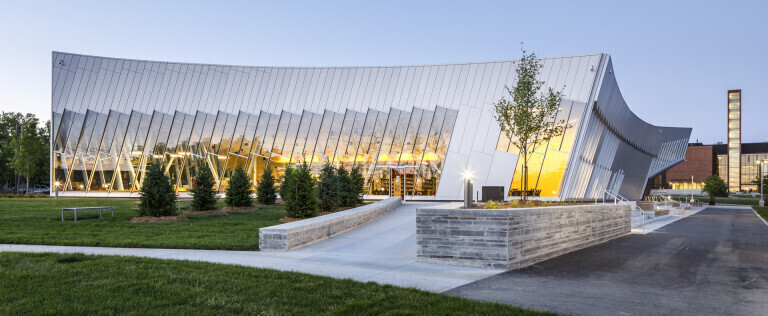
How Opting for a LEED Build Can Benefit The Client
LEED (Leadership in Energy and Environmental Design) is a comprehensive set of guidelines designed to improve the efficiency and design of buildings, reducing waste and significantly improving their sustainability. By meeting these guidelines, general contractors achieve LEED certification, which proves that the building meets stringent environmental standards. Currently representing about 35% of builds, LEED certification is slowly but surely increasing in popularity, with results that benefit owners and tenants both directly and indirectly.
LEED requirements include, but are not limited to, building with materials that emit low VOCs, are urea formaldehyde free and are fully or partly recycled; maintaining strict guidelines on dust and dirt at the construction site; managing and reusing waste; switching to mechanical systems that are more efficient and electrical systems powered by natural sources; and controlling erosion.
For general contractors, achieving LEED certification is a multi-stage process that involves careful planning, documentation, and site management. If not handled properly, the increased technical challenges involved in a LEED project have potential to cause scheduling issues. Planning ahead is crucial. Teams must coordinate to ensure that building materials are both manufactured to requirements and sourced within a reasonable distance of the site; that the site itself is responsibly managed; and that every aspect of the process is documented in order to satisfy the governing body.


From a client point of view, it’s all worth it. There is a strong business case to be made for LEED, whether in a new build or a refit of an existing structure. In corporate buildings, schools, and housing, the benefits of LEED include long-term cost savings thanks to reduced electric and water bills. Lower operating costs and the availability of government grants tend to balance out any additional upfront expense. In historic buildings, upgrading from inefficient old water and electricity systems save money in the long term, while the environmental impact of a refit is lower than the impact of demolishing and rebuilding, making this a responsible and cost effective approach. LEED certified workspaces can boost staff morale and retention, resulting in significant cost savings, less absenteeism, and a better internal culture for tenant companies.
There are also the intangible benefits; as the green movement has become more mainstream, and the environmental impact of traditional building methods have become more widely understood, an eco-friendly building is perceived as inherently more desirable. It’s a perception that’s shared by tenants; the prestige of a LEED certified building makes it a more attractive address, resulting in improved tenancy rates at higher rents. Moving to LEED premises may also help companies achieve their own internal sustainability commitments.
Aquicon employs full-time staff to address LEED requirements; however, even if certification is not being sought, we strive to run all sites as though it were. We take great pride in our erosion controls, waste diversions, and clean site management, with environmental benefits that are measurable from the outset.
LEED CASE STUDY: Gore Meadows Community Centre and Library
The stakeholders involved in Gore Meadows Community Centre and Library Phase 1 wished to achieve LEED Silver Certification; a tough ask, due to the tight project deadlines. Aquicon’s LEED specialists coordinated the entire effort, from scheduling to diligent management of the worksite, and upon completion, Gore Meadows Community Centre and Library was awarded not just Silver, but Gold Certification.
Recent Articles
View More ArticlesSustainable Construction: Where The Industry Is Going
In the last two decades, we’ve been spearheading a greater focus on sustainable approaches to construction and use of green t...
Why Strategic Thinking Matters
“Strategic” is a word that gets bounced around a lot and is often linked with either “planning” or “thinking”, but ...
Success in Innovation Depends on Effective Leadership and Management
Innovation can be a liability, if the process is not understood or properly managed. For the work on site, construction materia...